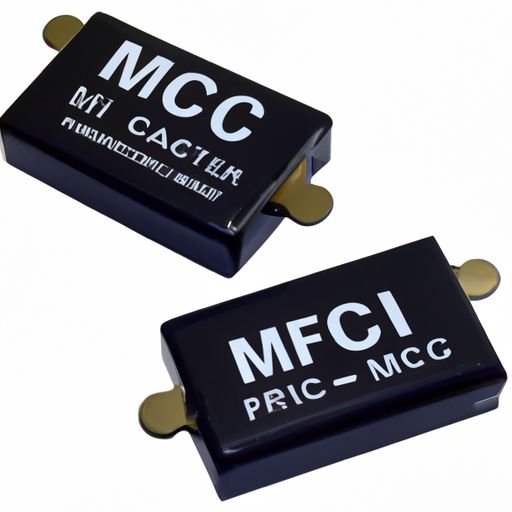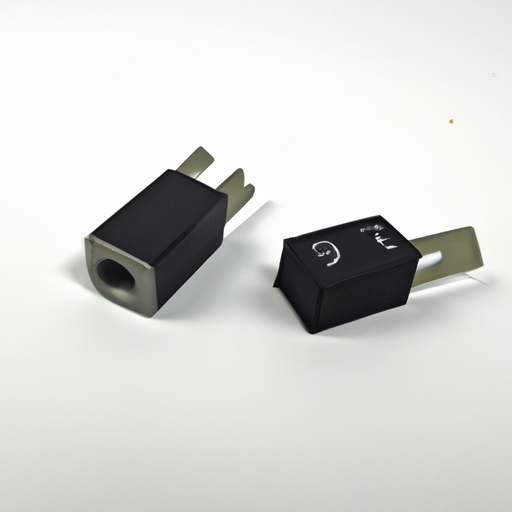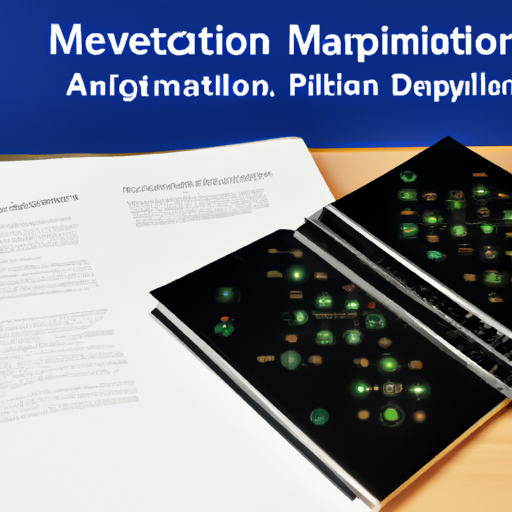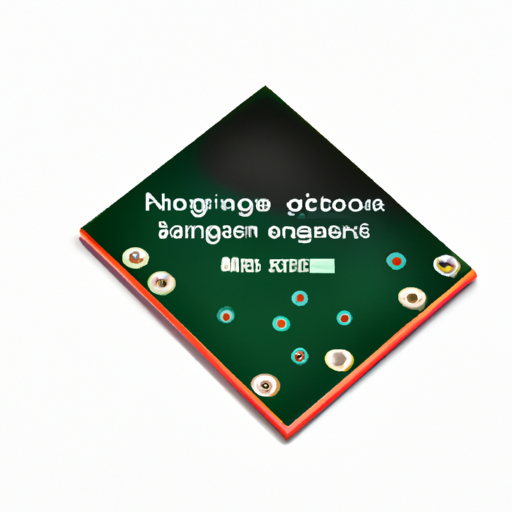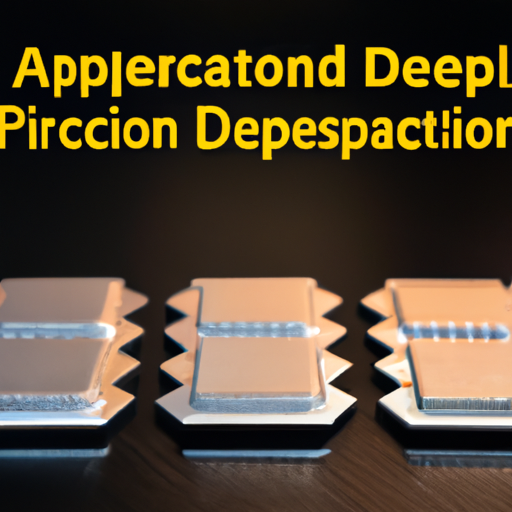CFR-25JB-52-1M1 Mica and PTFE Capacitors highlighting the core functional technology articles and application development cases of Mica and PTFE Capacitors that are effective.
Mica and PTFE Capacitors: Core Functional Technologies and Application Development Cases
Mica and PTFE (Polytetrafluoroethylene) capacitors are specialized electronic components that leverage their unique properties to meet the demands of various high-performance applications. Below, we delve into the core functional technologies, advantages, and notable application development cases for both types of capacitors.
Core Functional Technologies
Mica Capacitors 1. **Dielectric Properties**: Mica capacitors utilize natural mica as a dielectric material, which provides exceptional thermal stability, low loss, and high insulation resistance. They can operate effectively over a wide temperature range, typically from -55°C to +125°C.
2. Stability and Precision: Known for their high capacitance stability over time and temperature, mica capacitors are ideal for precision applications. They exhibit low drift characteristics, which are crucial in RF and high-frequency applications.
3. High Voltage Ratings: Mica capacitors can handle high voltage applications, often exceeding 1 kV, making them suitable for power electronics and RF circuits.
4. Low ESR and ESL: The construction of mica capacitors results in low equivalent series resistance (ESR) and low equivalent series inductance (ESL), essential for high-frequency applications.
PTFE Capacitors 1. **Chemical Resistance**: PTFE capacitors are made from a fluoropolymer that is highly resistant to chemicals and solvents, making them suitable for harsh environments.
2. High Dielectric Strength: PTFE has a high dielectric strength, allowing for the design of capacitors that can operate at high voltages while maintaining low leakage currents.
3. Temperature Stability: PTFE capacitors can operate effectively over a wide temperature range, typically from -55°C to +200°C, providing versatility in various applications.
4. Low Loss Characteristics: PTFE capacitors exhibit low dielectric losses, making them ideal for high-frequency applications, including RF and microwave circuits.
Application Development Cases
Mica Capacitors 1. **RF and Microwave Applications**: Mica capacitors are extensively used in RF amplifiers, oscillators, and filters due to their stability and low loss characteristics. For instance, in telecommunications, they are used in transmitters and receivers to ensure signal integrity.
2. Aerospace and Defense: The high reliability and stability of mica capacitors make them suitable for aerospace applications, including satellite communication systems and radar equipment, where performance under extreme conditions is critical.
3. Medical Devices: Mica capacitors are used in medical imaging equipment, such as MRI machines, where precision and reliability are paramount. Their stability ensures accurate imaging and diagnostics.
PTFE Capacitors 1. **Industrial Automation**: PTFE capacitors are used in industrial control systems and automation equipment due to their chemical resistance and reliability in harsh environments. They are essential in applications where exposure to corrosive substances is common.
2. Telecommunications: In high-frequency communication systems, PTFE capacitors are employed in filters and matching networks to ensure signal integrity and minimize losses. Their low loss characteristics enhance overall system performance.
3. Power Electronics: PTFE capacitors are used in power supply circuits and energy storage applications, where high voltage and low loss characteristics are essential for efficiency. They are particularly valuable in renewable energy systems and electric vehicles.
4. Automotive Applications: With the rise of electric vehicles, PTFE capacitors are increasingly used in battery management systems and power electronics due to their thermal stability and reliability. They help ensure the safe and efficient operation of electric and hybrid vehicles.

